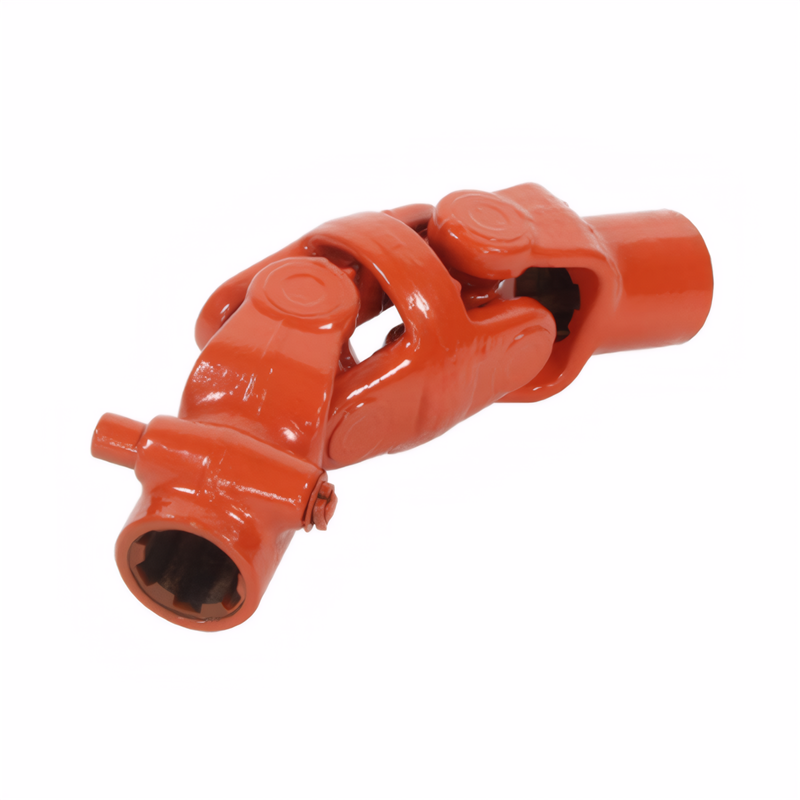The replacement steps of the intermediate bearing of the drive shaft
Step-by-Step Guide for Replacing Transmission Shaft Intermediate Bearings in Automotive Systems
Preparation and Safety Measures Before Replacement
Begin by parking the vehicle on a flat, stable surface and engaging the parking brake. Use wheel chocks on all four wheels to prevent accidental movement during the procedure. Lift the vehicle using a hydraulic jack positioned at manufacturer-recommended lift points, then secure it with jack stands rated for the vehicle's weight.
Gather necessary tools including socket sets, torque wrenches, bearing pullers, and safety glasses. Prepare a clean workspace with plastic sheeting to collect debris and prevent contamination of components. Disconnect the vehicle battery to avoid electrical hazards during work on the drivetrain system.
Inspect the surrounding components for signs of wear or damage that may have contributed to bearing failure. Document the current configuration by taking photographs or making sketches of bolt positions and component orientations before disassembly begins.
Detailed Disassembly Process for Bearing Access
Locate the intermediate bearing assembly along the transmission shaft. Begin removal by disconnecting the driveshaft from the transmission output flange and differential input flange using appropriate socket sizes. Mark alignment positions with paint or chalk to ensure proper reassembly.
Remove any protective shields or heat guards surrounding the bearing housing. Use a bearing puller or hydraulic press to separate the bearing from its mounting surface, applying even pressure to avoid damaging the shaft or housing. For press-fit bearings, heat the housing slightly with a torch (following manufacturer safety guidelines) to expand the metal for easier removal.
Once the bearing is free, clean the mounting surfaces thoroughly using a wire brush and solvent. Inspect the shaft for scoring or wear that may require machining or replacement. Measure the shaft diameter with calipers to verify it remains within specified tolerances for the new bearing.
Installation and Final Verification Procedures
Position the new bearing onto the shaft, ensuring proper orientation according to manufacturer markings. For press-fit installations, use a hydraulic press with a socket or tube that matches the bearing inner diameter to apply even pressure. Avoid striking the bearing directly with hammers or tools that could cause damage.
Reinstall any shields or guards removed during disassembly, securing them with specified fasteners and torque values. Reconnect the driveshaft to the transmission and differential, aligning previously marked positions to maintain proper drivetrain balance. Tighten all bolts to manufacturer specifications using a calibrated torque wrench.
Lower the vehicle carefully and perform a test drive to verify the repair. Listen for abnormal noises or vibrations that may indicate improper installation. Conduct a visual inspection under the vehicle after the test drive to check for leaks or loose components. Record the maintenance procedure in the vehicle's service history for future reference.
 The inspection method for the
The inspection method for the
 Symptoms of wear of the univer
Symptoms of wear of the univer
 Analysis of the Causes of Abno
Analysis of the Causes of Abno
 The ability of the drive shaft
The ability of the drive shaft
 简体中文
简体中文 English
English
